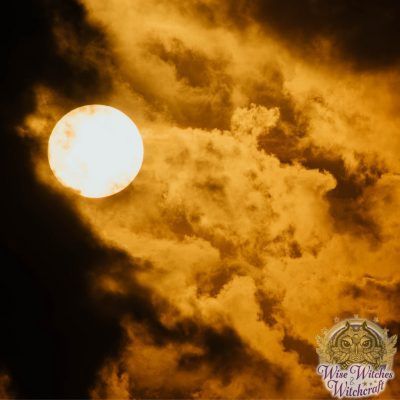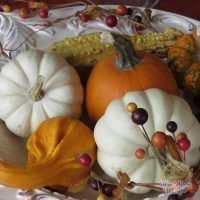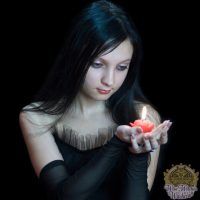The Wheel of the Year for Pagans, Wiccans, & Witches
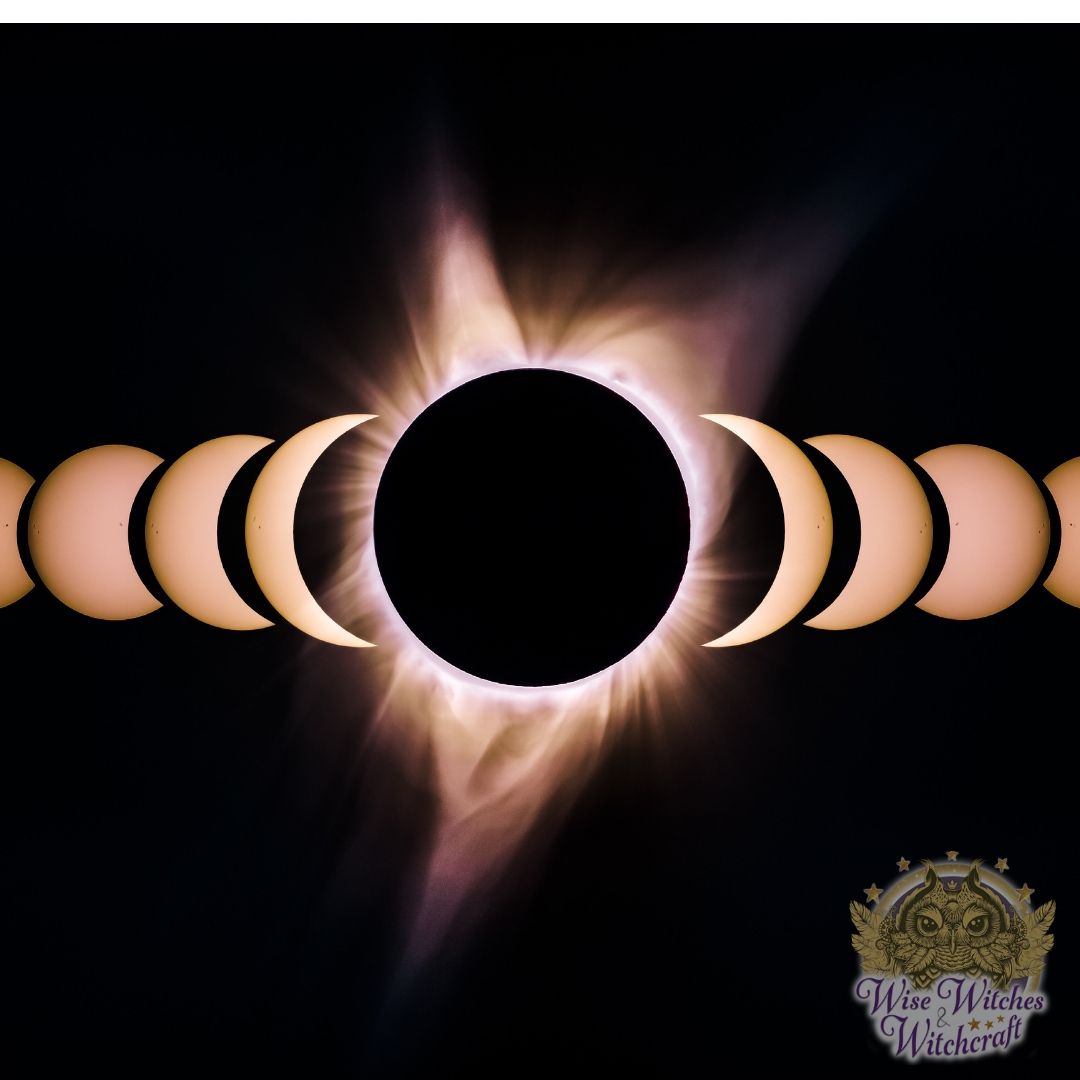
”I don’t need a holiday or a feast to feel grateful for my children, the sun, the moon, the roof over my head, music, and laughter, but I like to take this time to take the path of thanks less traveled.”
-Paula Poundstone
If you’re new to a Pagan path or the Craft, you might wonder what Pagan holidays people celebrate. You may be wondering about ritual and traditions or questioning the timing of the holidays. Or, you might have a serious interest in the roots of Pagan holiday traditions. To be fair, we can also say you just might be eager to celebrate! Why? Because the days or events Pagans honor are all about celebrating all of life!
Pagan Holidays: A Witches’ Perspective on the Cyclical Nature of Time
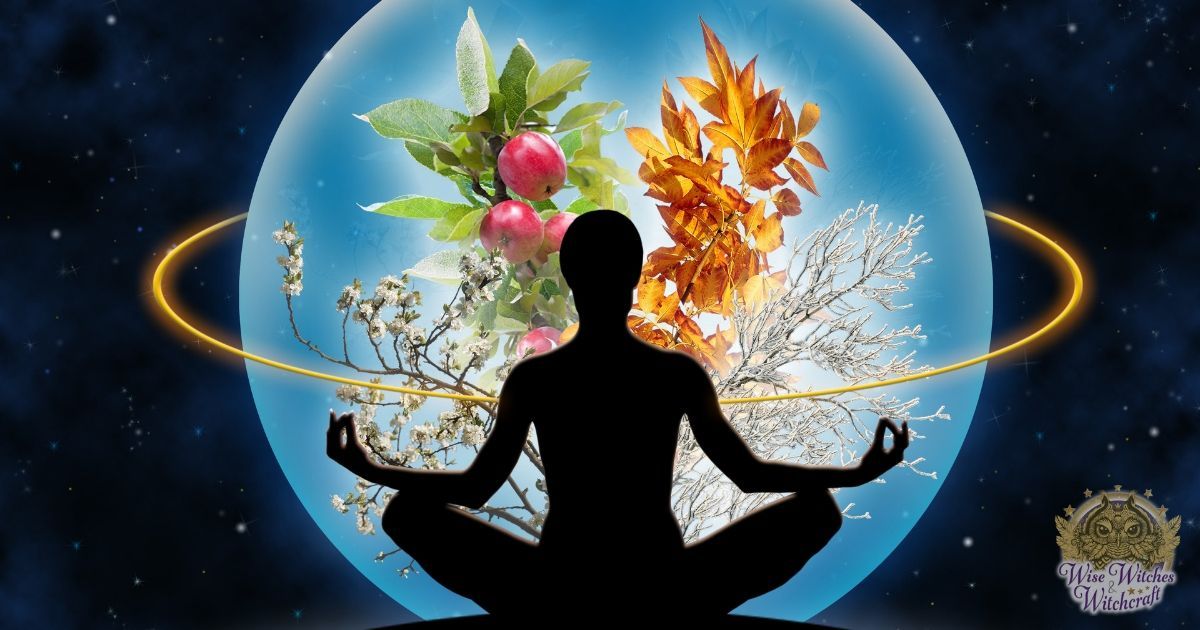
Our main holidays have seasonal, solar, and religious significance. By honoring these important celebrations, we attune ourselves to the natural world. We acknowledge the seasonal changes, and the cycles of the Earth, Moon, and Sun. We also view the movement of time as “cyclical and continuous” rather than “linear and terminal.” As the wheel of the year turns, marking eight solar sabbats and the seasons of the year, turns, we eventually return to the same spot on the wheel, only fresh or renewed once more. The cycle continues throughout our lives (or lifetimes if you hold a belief in reincarnation).
We rely on the natural world for survival. Thus, the Sabbats incorporate agricultural significance to the meaning of the holidays. In honoring the Sabbats, we remember to plant the seeds for the future and prepare for the darker part of the year. We show gratitude for the blessings of the harvest we receive.
We see new beginnings in Spring, and life and celebration at the height of growth in the natural world. We honor the Divine as we see it coursing through and creating all nature. We acknowledge that we return onto the Divine in our physical death. But, we also know we continue to live on in spirit to a place of rest or a new incarnation where we take on new life lessons.
As we move through each year, we also use the time to set goals and to explore our successes and failures. When failures arise, we make new adjustments and move forward toward our goals once more. With each Sabbat, we have the opportunity for self-assessment. The First Goal of a Witch is “To Know Thyself.” The latter phrase stems straight from the Oracle at Delphi in ancient Greece. In knowing oneself, we gain knowledge of the Divine within us and outside of us.
Please note: As Wiccans, we can always enjoy the traditional holidays so many people celebrate. We don’t have to grow up enjoying Christmas with the family only to force ourselves not to honor it as adults. We tend to view Christmas, Thanksgiving, and Easter a time for family and fun. But, we are also so very blessed with eight main holidays and at least 13 minor celebrations during the year. We also honor special rites of passage during our lifetime.
The Witches’ Wheel of the Year
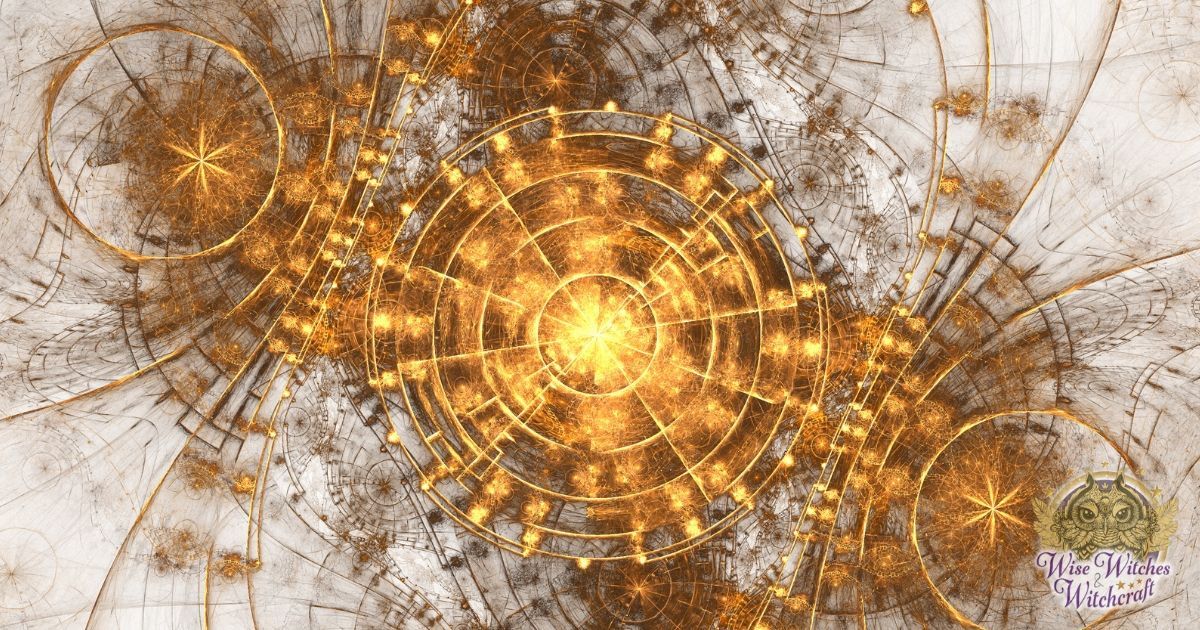
The main holidays are Sabbats. The minor celebrations throughout the year are important for religious and magickal purposes. They align with each full moon in a month. But, they can also occur during different points during the cycle of the moon. What’s great about all those extra Pagan celebrations is they aren’t commercialized! You don’t have to pay a fortune to celebrate the Sabbats and Esbats either!
Please note: When using the word minor to describe some of our pagan holidays, it’s not a judgment. It is a degree-based reflection on the importance of the occasion!
Imagine a spoked wheel with eight spokes. The eight pagan holidays witches celebrate align with each spoke. This image is well known as the Witches’ Wheel of the Year. Each of the eight main holidays is a Sabbat.
The Sabbats include four major celebrations and four minor Sabbats. As before when mentioning Esbats, the meaning of “minor” is not a measurement of importance. It is only a way of making a distinction between fire festivals, solstices, and equinoxes.
The Wheel of the Year Symbol
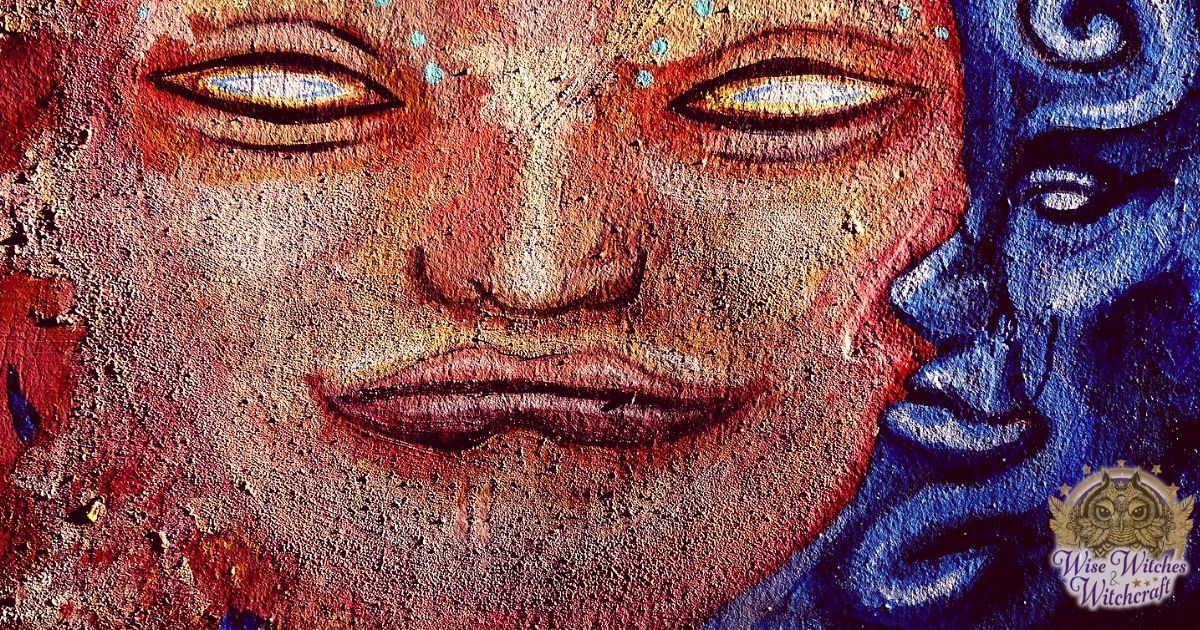
The Wheel of the Year symbol is a design originating from the four-spoked Sun Cross or Odin’s Cross. Sometimes pagans refer to the wheel as the wheel cross or solar cross. The Sun Cross consists an equilateral cross inside of a circle. The symbol itself is ancient, stemming back to prehistoric times.
The symbol was in use by cultures in the Neolithic Era, the Bronze Age, and prehistory Europe. The pervasiveness of the cross within a circle in so many cultures makes it a solar symbol. Today, the Sun Cross is also an astronomical icon. It represents the Earth and the four cardinal directions: East, South, West, and North.
The circle and equal-armed cross within signifies the Sun, but why? Because it evokes an image of a chariot wheel. In some myths, the Sun-deity rides a chariot through the sky. For Wiccans and NeoPagans, the enclosed cross in a circle connects the Sun with the Divine. The cross marks the four seasons too.
The Wheel signifies the Sun, seasons, and festivals. Each division marking another turn of the wheel. When the circle has four equal divisions, each spoke marks one of four major Sabbats. The main or major Sabbats are also called quarter days. The names of these quarter days vary depending upon the pagan culture of origination. The quarter days are Samhain, Imbolc, Beltane, and Lammas.
The Neopagan Wheel of the Year Versus the Paleopagan Wheel
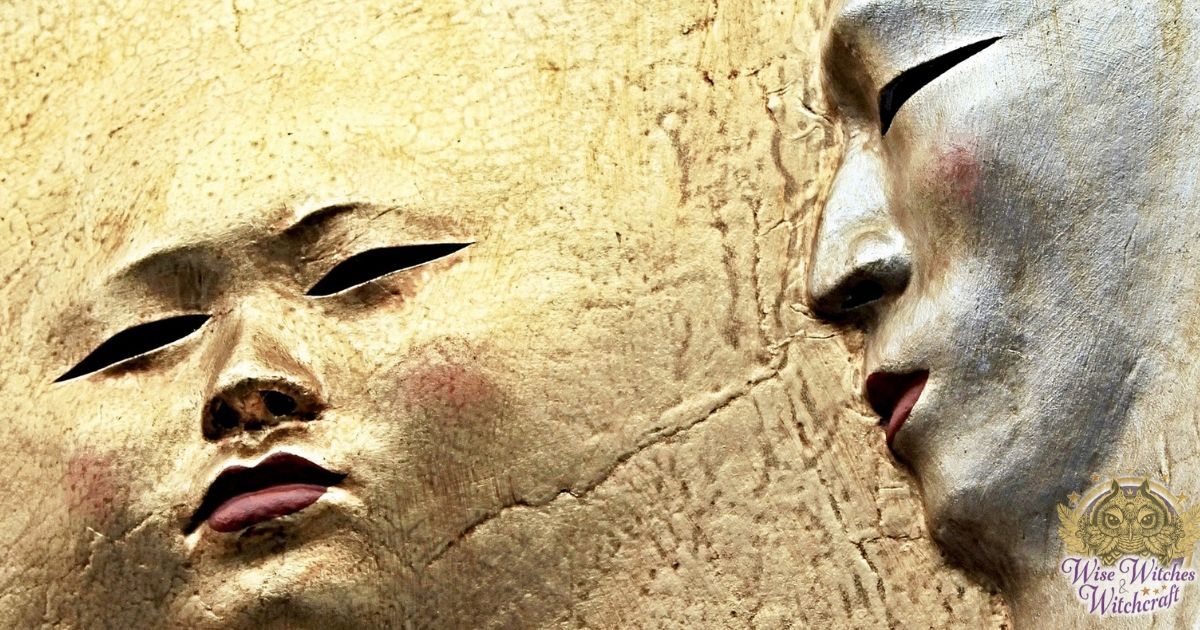
The NewPagan Wheel of the Year differs from the Paleopagan Wheel. What’s the difference? With the Paleopagans’ Wheel of the Year, many pagans had two to four celebrations or sacred days. This is because of the division of the sacred year.
Honoring eight Sabbats is a modern practice for neopagans, but especially Wiccans. Thus, the NeoPagan Sun Wheel includes eight divisions to include cross-quarter days. The two solstices and two equinoxes are the cross-quarter days or minor Sabbats.
Many of the Sabbats and traditions stem from ancient pagan practices. Myth and folklore have a substantial influence on Sabbat traditions. The word Sabbat derives from the Middle Ages. Each of the eight Sabbats has different names and traditions. Sabbat identification and practices are dependent on a Pagan’s belief system. Remember, practitioners of Wicca honor all eight holidays.
The Neo-Pagan Wiccan Celebrations
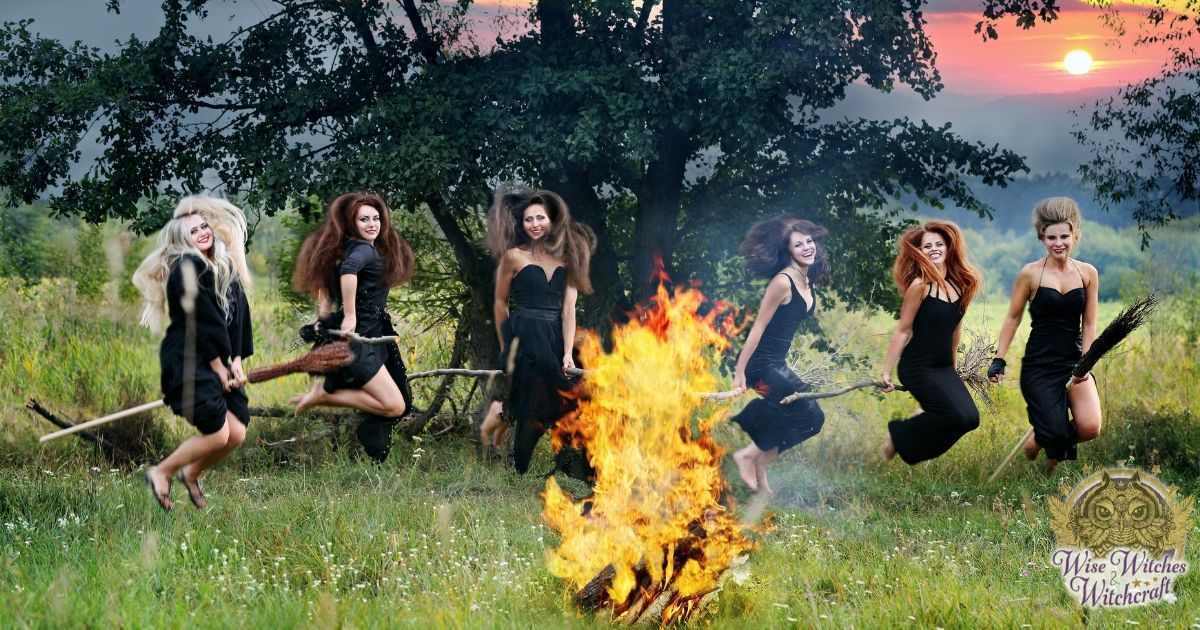
The ancients assign meanings to things in the natural world and the cycles of nature. Neopagans and modern Wiccan seek to revive many of the positive Paleopagans practices. But, they also adopt a means of honoring nature that’s unique and modern. As mentioned before, the ancients honor two to four Sabbats.
Today’s, many Wiccans celebrate each of the eight Sabbats along with the Esbats. The celebration of eight Sabbats gets its start in the 20th century. The practice is something stemming from British pagan traditions. In the late 50s, the Bricket Wood Coven (a Wiccan group), was active in honoring all eight Sabbats. The Order of Bards, Ovates, and Druids were also working with a ritual calendar of similar demand.
Wicca has left a mark on contemporary pagan practices. There are parts of the religion stemming from Celtic themes as well as Anglo-Saxon motifs. Thus, there are Germanic and Celtic names for the eight Sabbats. The names apply regardless from where the holiday traditions stem.
When it comes to the eight Sabbats, celebration dating is hemisphere dependent. The Wheel of the Year presents with Sabbat dates in the Northern Hemisphere. For those living in the Southern Hemisphere, the Sabbat dates advance. The advancement is by five Sabbats or six months. Thus, the following dates apply to the Sabbats in both hemispheres:
Northern Hemisphere
- Samhain: October 31
- Yule: December 20-23
- Imbolc: February 2
- Ostara: March 20-23
- Beltane: May 1
- Midsummer: June 21-23
- Lammas: August 1
- Vernal Equinox: September 20-23
Southern Hemisphere
- Beltane: May 1
- Midsummer: June 20-23
- Lammas: August 1
- Mabon: September 20-23
- Samhain: October 31
- Yule: December 20
- Imbolc: February 1
- Ostara: March 20-23
Final Takeaway: And the Wheel Turns
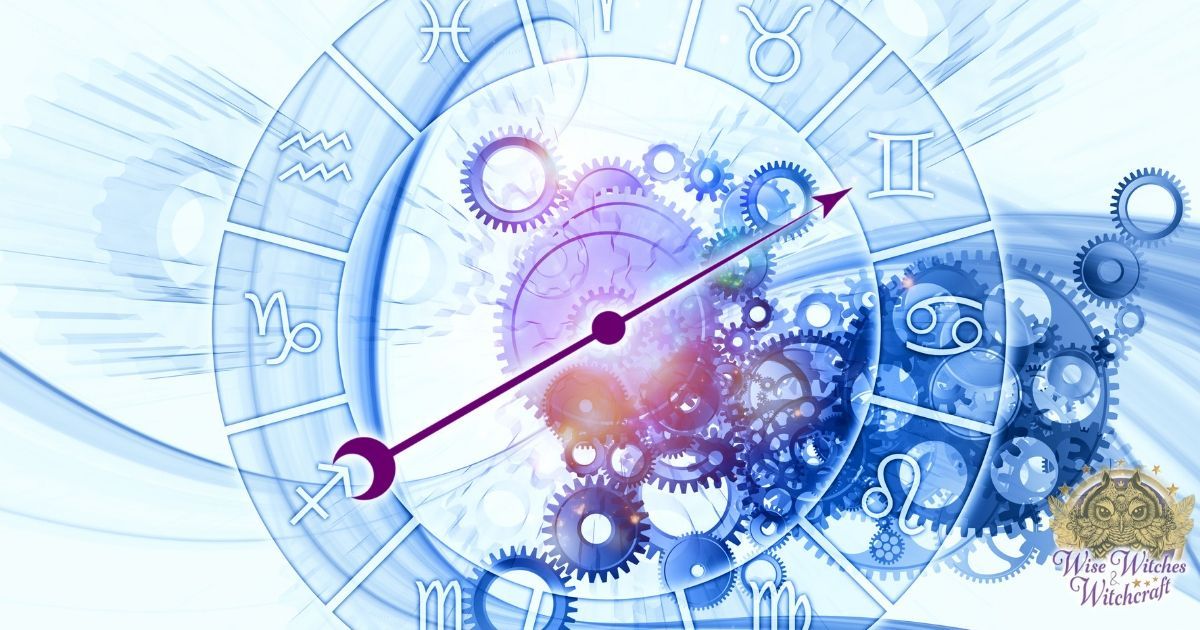
The Wheel of the Year reflects holidays aligning with the Sun and the Masculine Divine. The moon phases and Esbats mark the celebrations aligning with the Feminine Divine. In honoring both the Moon and Sun cycles, as well as Earth changes, Wiccans, and NeoPagans attune to nature’s cycles. Each Sabbat or Esbat has deep symbolic meaning and significance. By honoring the Sabbats and Esbats, Pagans remain aware and cognizant of who they are and their goals. These essential holidays and celebrations are times of recognizing the Divine within as well as outside of the self.
Wise Witches and Witchcraft is the place to explore all things Wiccan and NeoPagan. Here you’ll find information on magick and its operation. You will also find material on what the lifestyle of a Witch is like. You’ll come to understand the meaning of what it is to be a Witch. More importantly, you will come to discover the reality of magick, the first science, as it is indeed a valid practice. This is the place to begin your discovery of the Pagan path. For more information leading to spiritual growth, you can visit Wise Witches and Witchcraft’s sister sites too. Building Beautiful Souls and What is My Spirit Animal have tons of information for you to learn. Doing so will empower you on your soul journey and help you understand the evolution of your soul as you move forward in your life.

